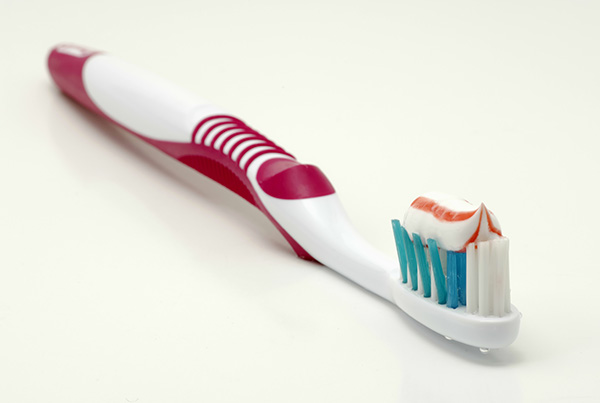 Fluoride treatments are very important in preventative dental care. Every patient wants their dentist to provide them with all the necessary tools to keep their smile bright and white. You go to the dentist twice a year as recommended and brush and floss your teeth regularly.
Fluoride treatments are very important in preventative dental care. Every patient wants their dentist to provide them with all the necessary tools to keep their smile bright and white. You go to the dentist twice a year as recommended and brush and floss your teeth regularly.
Doing your part in your oral care routine only goes so far. We all want any added extra protection to help our teeth and gums stay as healthy as possible. After your routine cleaning, your hygienist will coat your teeth with a fluoride treatment. This treatment will do its best to protect your teeth from plaque and tartar buildup until your next visit.
What is fluoride varnish?
Fluoride varnish has been around since 1964. It has proven to be a great way to prevent plaque and tartar buildup. The fluoride varnish prevents tooth decay by helping your teeth become resistant to acid from food and drink.
Fluoride varnish is a highly concentrated form of fluoride and is a welcome part of preventative dental care.
Your mouth gets filled with plaque bacteria and sugary food every day, and fluoride varnish protects your teeth and gums. This varnish is an excellent part of preventative dental care.
Having a fluoride varnish treatment gives an extra layer of protection in addition to getting your regular dental cleanings and your oral hygiene routine. Fluoride varnish is safe and effective. It will also act as a tooth whitener and help with sensitive teeth because it acts as a barrier.
What do I do after a fluoride treatment?
Typically, your hygienist will apply a fluoride varnish after they are done with your routine cleaning and polishing. When used, you will notice it feels sticky and, in general, not very pleasant.
The hygienist will instruct you to leave the treatment on and let it settle in all of the hard-to-reach places. You should avoid crunchy foods all day and do not brush or floss during this time.
Protecting your teeth and gums is worth any weird feeling you may get on your teeth. The sticky feeling only lasts until you brush your teeth, and then you will be able to notice the whitening power and rest easy knowing your smile is protected.
Everyone should welcome a fluoride treatment. The long-term benefits are amazing, and you will be happy when you see the whitening power as well as the protection from plaque and tartar.
How to keep my oral health
Your oral health can affect your entire body, and you want to make sure you take care of your teeth and gums to prevent all the stages of gum disease.
Brush your teeth twice a day, floss regularly, and in between meals when possible. It is also important that you avoid the use of all tobacco products. This is excellent advice for your overall health, not just your oral health.
Talk to your dentist about preventative dental care
Discuss with your dentist any signs or symptoms of gum disease. Early treatment is the best way to reverse any signs of gum disease.
Request an appointment or call 608 Family Dental at 608-713-9418 for an appointment in our Sun Prairie office.
Related Posts
The most effective way to prevent tooth decay is with preventative dental care. Everyone wants to maintain a healthy white smile for a lifetime. Your smile is your first impression and a great way to show confidence. Keeping that smile can be very easy if you follow a few easy steps.Tooth decay causes gum disease,…
If you are looking to avoid having cavities, sensitive gums, or dental issues, your best bet is actively engaging in preventative dental care. Without regular dental cleanings, flossing, or rinses, you may be putting your dental hygiene at risk for things like gingivitis or even root canals. There are several healthy habits that you can…
Screening for oral cancer is an important part of preventative dental care. Unfortunately, oral cancer is a disease that is not often talked about. Very few events support oral cancer research and awareness, even though oral cancer takes one life every day in the United States. Many people do not seek or receive treatment until…
